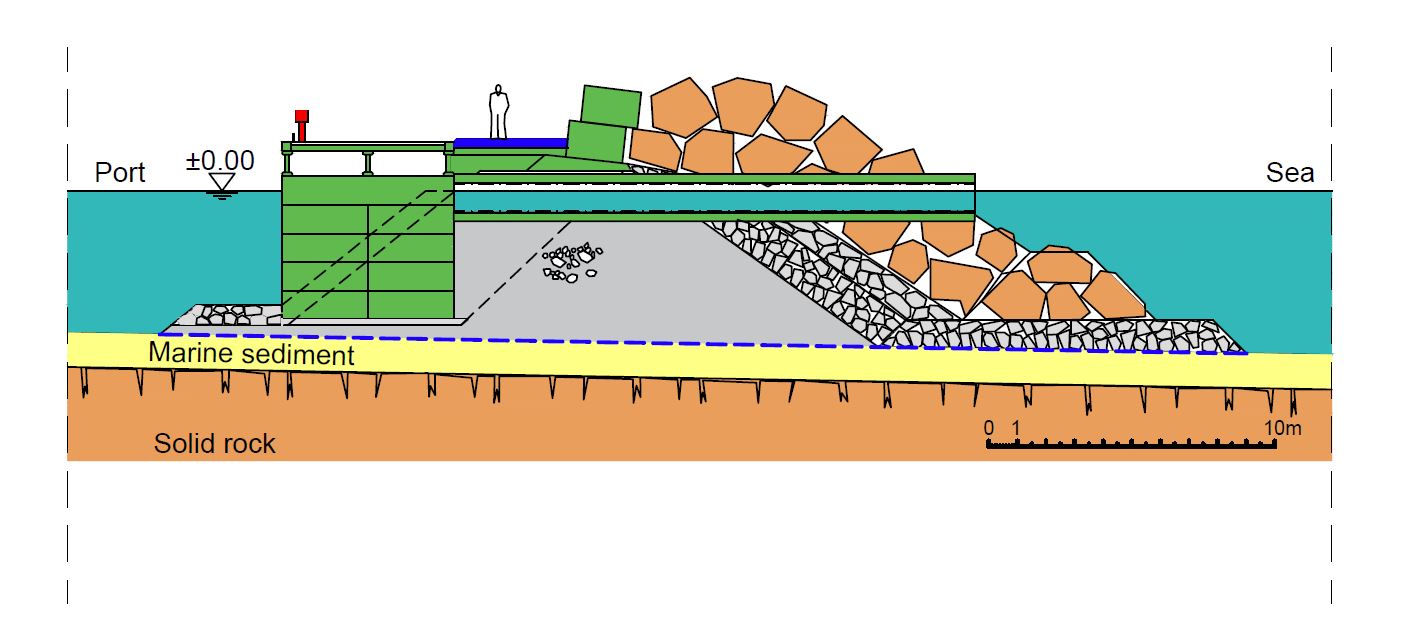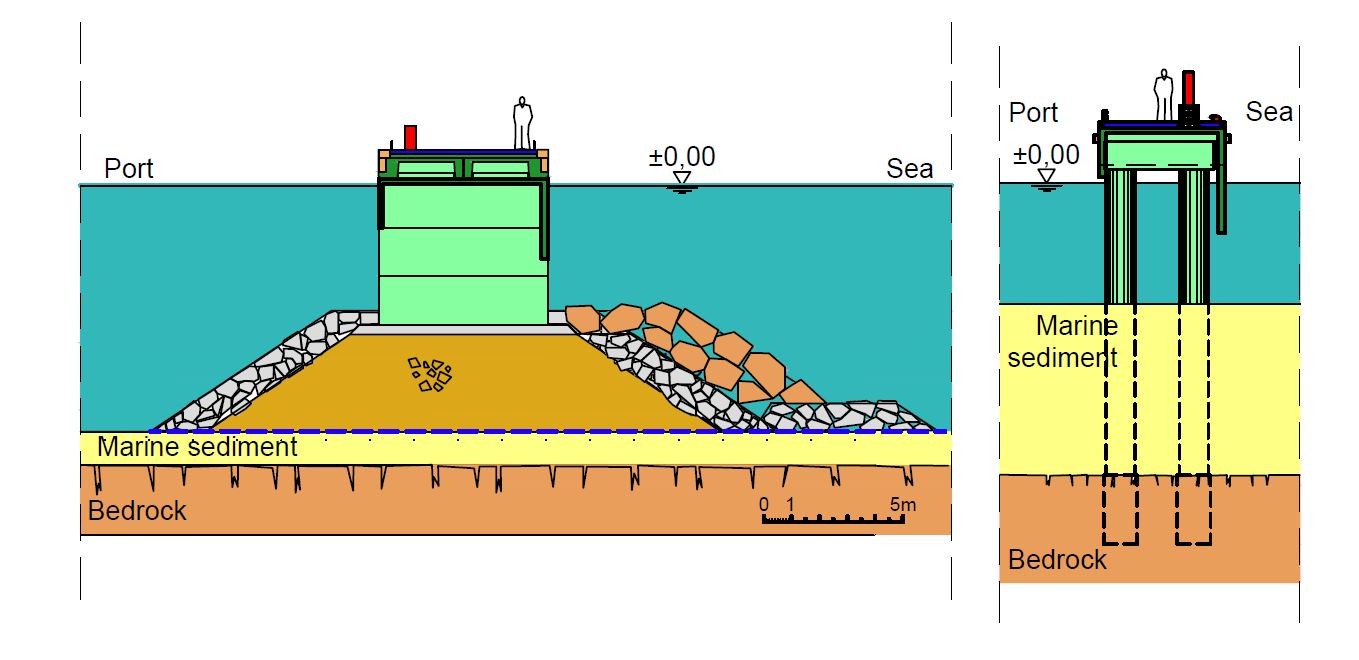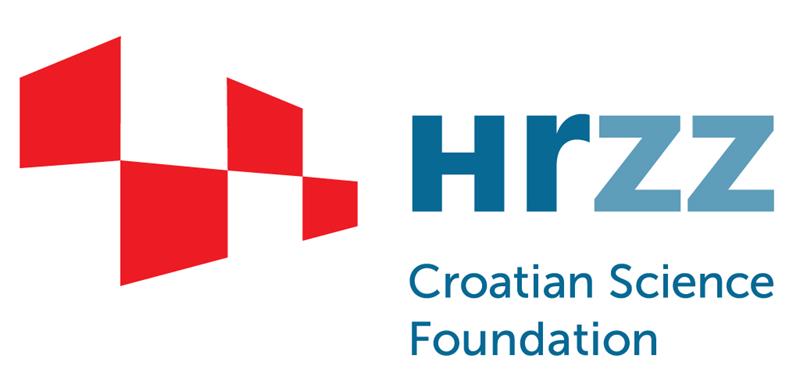Projects
Flushing culverts:
The purpose of flushing culverts embedded in breakwaters is to improve seawater exchange inside ports, marinas or harbours. The aim of the project is to develop guidelines in order to provide the necessary seawater exchange inside ports and harbours utilizing flushing culverts. The flushing culvert installment inside breakwaters are the most cost-effective method of seawater exchange improvement.
Permeable breakwaters:
Environmentally friendly breakwater design encompasses the application of permeable and impermeable breakwater sections. Permeable sections are specifically design to enable seawater exchange forced by various natural generators and simultaneously minimize wave energy penetration into the protected basin.


